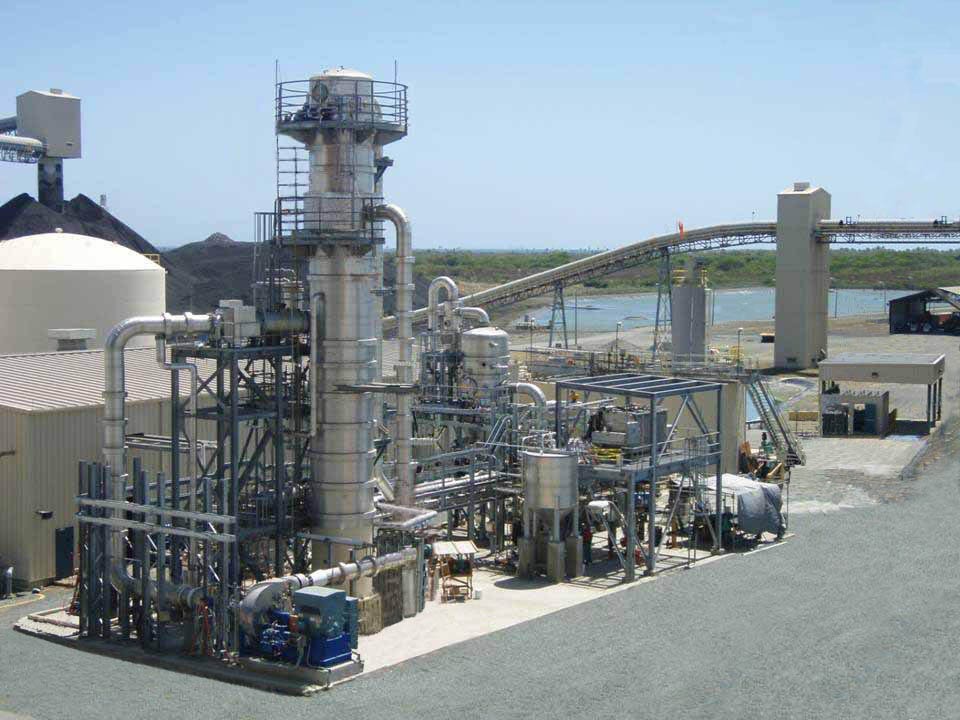ZLD (Zero Liquid Discharge)

A Zero Liquid Discharge (ZLD) plant treats wastewater to completely eliminate any liquid discharge, ensuring all water is recycled and solid waste is safely disposed of.
Zero liquid discharge (ZLD) refers to a treatment process in which the plant discharges no liquid effluent into surface waters, in effect completely eliminating the environmental pollution associated with treatment. Apart from this benefit, a ZLD process also makes effective use of wastewater treatment, recycling, and reuse, thereby contributing to water conservation through reduced intake of fresh water.
Zero liquid discharge (ZLD) is a strategic wastewater management system that ensures that there will be no discharge of industrial wastewater into the environment. It is achieved by treating wastewater through recycling and then recovery and reuse for industrial purpose. Hence ZLD is a cycle of closed loop with no discharge. Although ZLD is a costly process, it paves the way for economic benefits by recovering salts and other chemical compounds.
Factors motivating ZLD
Methods to achieve ZLD
Components of ZLD
In addition to ZLD, the recovery and reuse of salt reduces the amount of sludge. This achieves Zero waste discharge (ZWD). The adoption of ZLD requires extensive research and a pilot study because the wastewater generated is not the same for different processes. Above all, it must be financially viable. The type of industry that can afford it may have an effluent treatment plant to achieve ZLD; and those that cannot afford it may become a member of a common effluent treatment plant (CETP). CETP is a project that has been implemented successfully in Tirupur, the leading hosiery hub of India.
The Benefits of ZLD are as follows:
- Wastewater discharge is avoided by recycling.
- Recovery of water and salt aids in reducing the cost of operation of ZLD.
- It promotes the sustainability of the industry and the environment at large.
- There is less use of water by the textile industry, which means water is available for other purposes such as irrigation (agriculture) and domestic utilities.
- ZLD helps recover the environment.
- The sludge can be effectively used by the cement industry.
